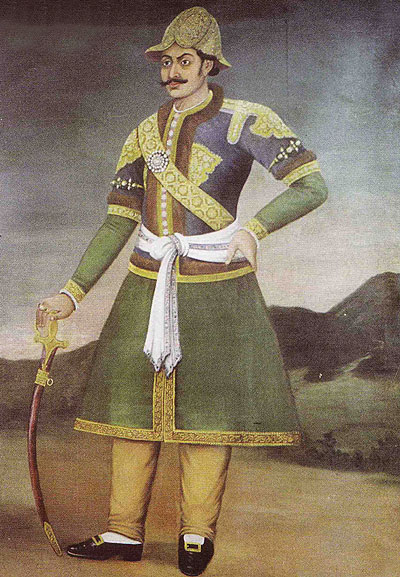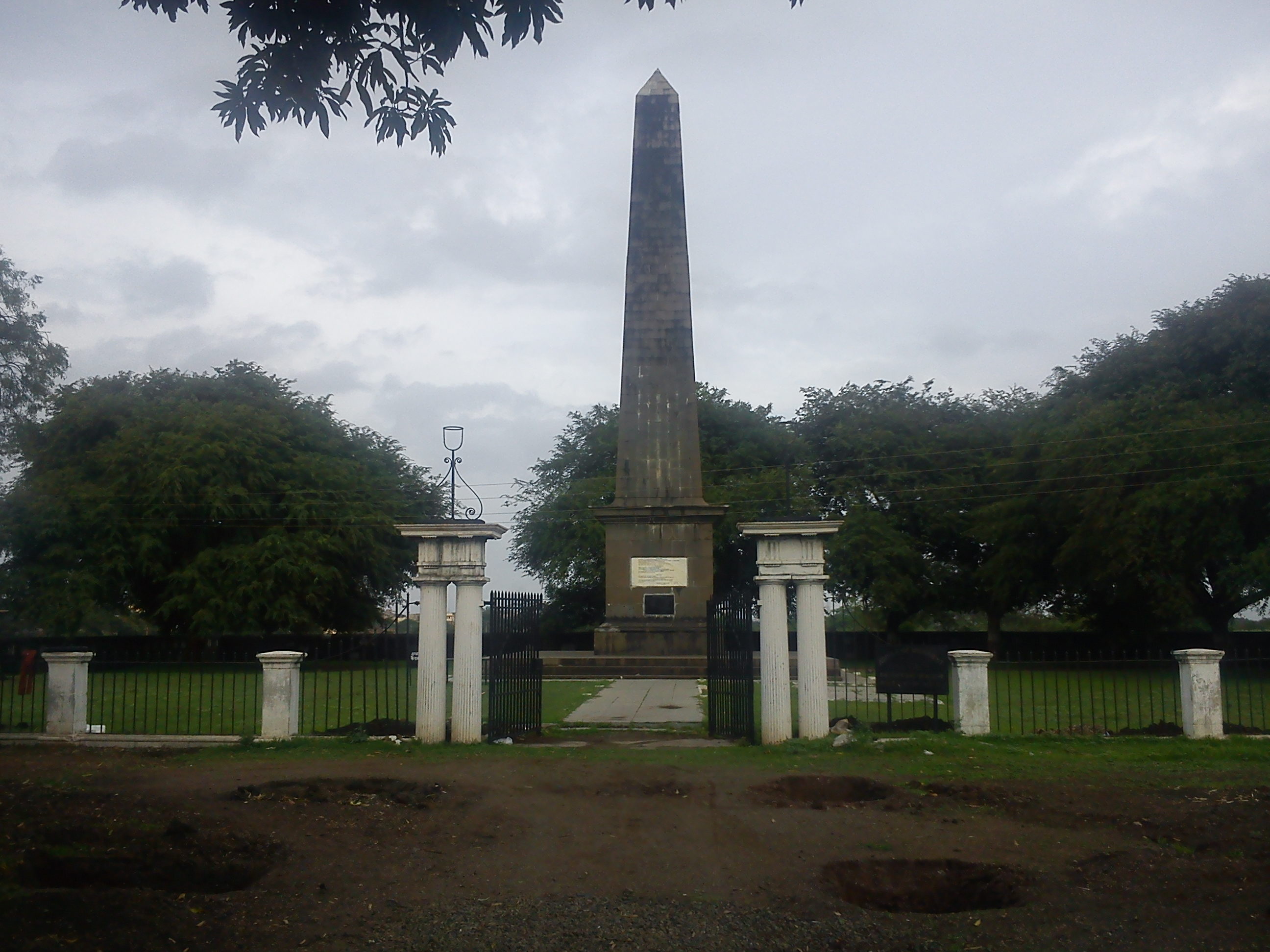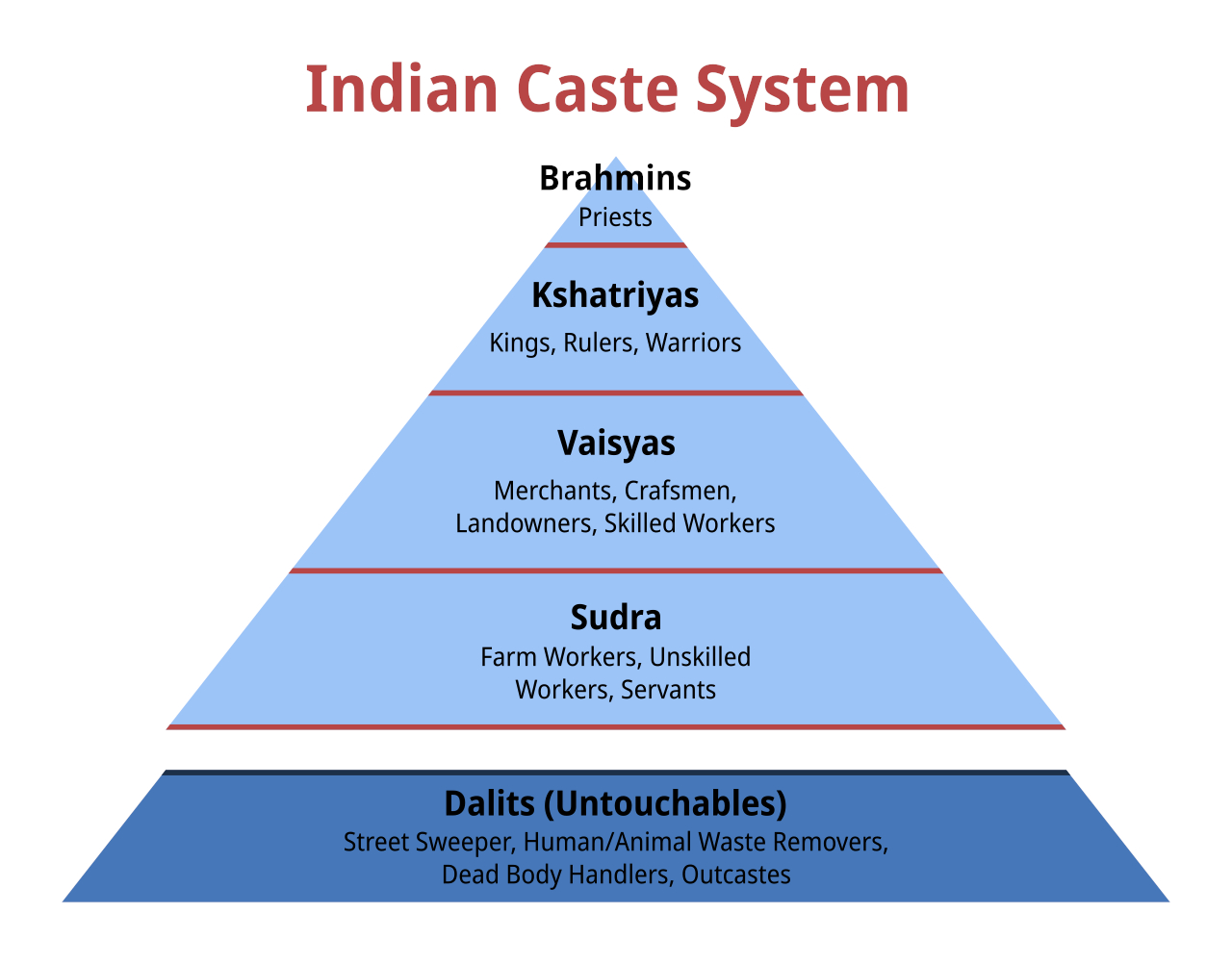|
Dallekh
Dallekh is a small village of Khar, Nepal, Khar village Development committee of Darchula District, Darchula and resides in 85 households. Dallekh is the nearest border village of Khar, Nepal, Khar VDC to the district headquarters, which is 10–12 km northeast from Darchula Khalanga. The natural environment of this village attracts a number of internal tourists every year. In Dallekh there is a small town called Vinayak (Dallekh), Vinayak which has a local shopping center, tea shops and small lodges. Views of the Himalayas can be observed from Vinayak. Dallekh is also one of the gateways to the Api Nampa Conservation Area. The climate of this village is tropical to sub-tropical, and the temperature ranges between 30·c in the summer to the freezing cold in the winter. In the month of November to January Dallekh is covered with snow. Because of the climate, Dallekh is rich in biodiversity. The vegetation in the local forest, called Thaam, includes lower and upper sub-alpine f ... [...More Info...] [...Related Items...] OR: [Wikipedia] [Google] [Baidu] |
Khar, Nepal
Khar () is a village development committee (VDC) of Darchula District in the Mahakali Zone of Far-Western Development Region, Nepal. Geographically khar is located 29.79 N and 80.64 E, its nearest border to the district headquarters is Dallekh which is 10- 12 kilometer north east to the Darchula. The Khar VDC is surrounded by Sipti and Dhuligada VDC to the East and South, Katai, Nepal, Katai to the West, and Eyarkot to the North. According to national census 2011 khar VDC has total population 4,272 (2,056 male and 2,216 female) residing 698 households. Villages of Khar VDC # Dallekh # Chaurigau # Godhani, Kakanadi, Chaud # Saalimaad # Khupuligau, # Jamir # Sundmund References 1. National Population and Housing Census 2011: Village Development Community/Municipality:https://web.archive.org/web/20130927102414/http://cbs.gov.np/wp-content/uploads/2012/11/VDC_Municipality.pdf External linksUN map of the municipalities of Darchula District Populated places in Darchula Dist ... [...More Info...] [...Related Items...] OR: [Wikipedia] [Google] [Baidu] |
Chhetri
Chhetri (Kshetri, Kshettri, Kshetry or Chhettri), ( ; IAST: ''Kṣetrī'') historically called Kshettriya or Kshetriya or Khas are Nepali language, Nepali speaking people historically associated with the warrior class and administration, some of whom trace their origin to migration from medieval India. Chhetri was a caste of administrators, governors, Bir Bhadra Thapa, warriors and military elites in the medieval Khasa kingdom, Khas Kingdom and Gorkha Kingdom (later unified Kingdom of Nepal). The nobility of the Gorkha Kingdom mainly originated from Chhetri families. They also had a strong presence in civil administration affairs. The bulk of Prime Minister of Nepal, prime ministers of Nepal before the Revolution of 1951, democratization of Nepal belonged to this caste as a result of the old Gorkhali aristocracy. Gorkha-based aristocratic Chhetri families included the Pande dynasty, the Basnyat dynasty, the Kunwar family (and their offspring branch, the autocratic Rana dynasty) an ... [...More Info...] [...Related Items...] OR: [Wikipedia] [Google] [Baidu] |
Dadal
Dadal () is a sum (district) of Khentii Province in eastern Mongolia. Dadal airfield, unpaved (code ZMDA) at Lat: 49.0124N, 111.509E, elevation 1024 m. A major township of the Buryats people, a Mongol people, some of whom that migrated from what is now Russia around the time of the Russian Revolution. The town is made up mainly of neatly maintained log cabins. This is one of several regions of Mongolia claimed as the birthplace of Genghis Khan (Chinggis Khaan). Dadal is located just to the south of the huge Onon-Balj National Park. The area and its people are well described in Chapter 3 (p. 53) of ''Black Dragon River: A Journey Down the Amur River Between Russia and China''. Administrative divisions The district is divided into four bags A bag, also known regionally as a sack, is a common tool in the form of a floppy container, typically made of cloth, leather, bamboo, paper, or plastic. The use of bags predates recorded history, with the earliest bags being lengths ... [...More Info...] [...Related Items...] OR: [Wikipedia] [Google] [Baidu] |
Tamata
300px, An Saint Paraskeva with tamata hung beside itCrete 2001. The saint holds a plate with two eyeballs on it. She is considered to be a healer of the blind. One of her visitors has left a votive offering (''tama'') depicting eyes to indicate what her affliction is. Tama (, pl. {{langx, el, τάματα, translit=''tamata'', label=none) are a form of votive offering or ex-voto used in the Eastern Orthodox Church, particularly the Greek Orthodox Church. Tamata are usually small metal plaques, which may be of Base metal, base or precious metal, usually with an embossed image symbolizing the subject of prayer for which the plaque is offered. Ceremony and symbolism Tamata may be offered to an icon or shrine of a saint as a reminder of a petitioner's particular need, or in gratitude for a prayer answered. A wide variety of images may be found on tamata, with the images capable of multiple interpretations. A heart may symbolize a prayer for love or a heart problem. Eyes may ind ... [...More Info...] [...Related Items...] OR: [Wikipedia] [Google] [Baidu] |
Mahar
Mahar is one of the Indian caste found largely in the state of Maharashtra and neighbouring areas. Most of the Mahar community followed B. R. Ambedkar in converting to Buddhism in the middle of the 20th century. As of 2017 the Mahar caste was designated as a Scheduled Caste in 16 Indian states. Most Mahars converted to Buddhism in response to the injustices of the caste system practiced within Brahmanism. Thus, the practice of untouchability began and continued for generations. It was the primary reason for most of the Mahar community to follow Dr. B. R. Ambedkar in embracing Buddhism and re-establishing it in the middle of the 20th century. Most of the Mahar trace their descent (bloodline) from the Mahabharatas Pandava. The Mahar claim to have taken part in the Mahabharata war and subsequently settled in Maharashtra. History The Mahars are considered to be the original inhabitants of Maharashtra. The community is also known as ''Kathiwale'' (Men with Sticks), ''Bumipute ... [...More Info...] [...Related Items...] OR: [Wikipedia] [Google] [Baidu] |
Dalit
Dalit ( from meaning "broken/scattered") is a term used for untouchables and outcasts, who represented the lowest stratum of the castes in the Indian subcontinent. They are also called Harijans. Dalits were excluded from the fourfold varna of the caste hierarchy and were seen as forming a fifth varna, also known by the name of ''Panchama''. Several scholars have drawn parallels between Dalits and the '' Burakumin'' of Japan, the '' Baekjeong'' of Korea and the peasant class of the medieval European feudal system. Dalits predominantly follow Hinduism with significant populations following Buddhism, Sikhism, Christianity, and Islam. The constitution of India includes Dalits as one of the Scheduled Castes; this gives Dalits the right to protection, positive discrimination (known as reservation in India), and official development resources. Terminology The term ''Dalit'' is for those called the "untouchables" and others that were outside of the traditional Hindu caste ... [...More Info...] [...Related Items...] OR: [Wikipedia] [Google] [Baidu] |
Wheat
Wheat is a group of wild and crop domestication, domesticated Poaceae, grasses of the genus ''Triticum'' (). They are Agriculture, cultivated for their cereal grains, which are staple foods around the world. Well-known Taxonomy of wheat, wheat species and hybrids include the most widely grown common wheat (''T. aestivum''), spelt, durum, emmer, einkorn, and Khorasan wheat, Khorasan or Kamut. The archaeological record suggests that wheat was first cultivated in the regions of the Fertile Crescent around 9600 BC. Wheat is grown on a larger area of land than any other food crop ( in 2021). World trade in wheat is greater than that of all other crops combined. In 2021, world wheat production was , making it the second most-produced cereal after maize (known as corn in North America and Australia; wheat is often called corn in countries including Britain). Since 1960, world production of wheat and other grain crops has tripled and is expected to grow further through the middle of ... [...More Info...] [...Related Items...] OR: [Wikipedia] [Google] [Baidu] |



